Q: How to use an LMA?
A: You should start by preoxygenating the patient with 100 percent oxygen as time allows. In operating room settings, the patient should be sedated for this procedure, but patients in emergency situations are often unconscious. If the patient is obtunded, then you can insert the LMA without sedation. You should use the enclosed syringe to check the inflation of the cuff prior to insertion. Be sure to remove all of the fluid and air from the cuff before positioning the LMA. The patient’s head should be in the sniffing position (this position is contraindicated in cases of suspected spinal trauma).
You should thoroughly lubricate the LMA, and it should be held like a pen behind the mask portion of the device. Insert along the hard palate to avoid collapsing the mask and to minimize blockage by the tongue. Continue to insert the device until resistance is felt. Once you feel the tube is in place, inflate the cuff to set the LMA in its proper position. Approximately 8 cm of tube should protrude from the patient’s mouth. Once the cuff is inflated, connect the bag to the tube to begin ventilating the patient.
Q: Contraindications, Side Effects and Precautions
A: LMAs are contraindicated in patients who cannot open their mouths or have complete upper airway obstruction. You should also avoid positioning the head in the sniffing position if you suspect the patient has suffered an injury to the cervical spine. The jaw thrust may be useful in this situation, but research is not clear on the effectiveness of LMAs with spinal precautions. Although this is a safe procedure, some complications have been seen. One is aspiration of gastric contents. This is more likely in an emergency situation with a patient who has not been NPO. However, aspiration is less likely with an LMA than with a bag valve mask.
Localized trauma in the upper airway is possible, and certain nerve palsies may occur secondary to placement. As with other advanced airways, the risk of pressure lesions in the airway is also a consideration. There may also be a mild sympathetic response with activation of the vagus nerve during the insertion of this device. When the LMA is not placed properly, laryngospasm and obstruction of the airway are two possible consequences that can occur. It is important to check the placement of an LMA by listening for bilateral lung sounds in the same way ET tube placement is checked. Finally, with positive pressure ventilation, pulmonary edema and bronchoconstriction are possible.
Q: What is a Laryngeal Mask Airway used for?
A: A laryngeal mask airway (LMA) — also known as laryngeal mask— is a medical device that keeps a patient's airway open during anesthesia or unconsciousness. It is a type of supraglottic airway.
Q: Is an LMA a secure airway?
A: The laryngeal mask airway (LMA) is a supraglottic airway device developed by British Anesthesiologist Dr. Archi Brain. It has been in use since 1988. Initially designed for use in the operating room as a method of elective ventilation, it is a good alternative to bag-valve-mask ventilation, freeing the hands of the provider with the benefit of less gastric distention. Initially used primarily in the operating room setting, the LMA has more recently come into use in the emergency setting as an important accessory device for management of the difficult airway.
Q: Where does the LMA sit in the airway?
A: An LMA is a supraglottic device. This means that when inserted correctly, it sits above the glottis in the hypopharynx. The tube itself resembles an ET tube on the proximal end and can be easily attached to an Ambu bag.
Q: Is LMA anesthesia the same as general anesthesia?
A: Laryngeal Mask Airway (LMA) – When possible, the anesthesiologist will use a Laryngeal Mask Airway device instead of intubation because it is quicker and causes less discomfort for the patient. An LMA is a tube with an inflatable cuff that is inserted into the pharynx (the upper part of the windpipe).
















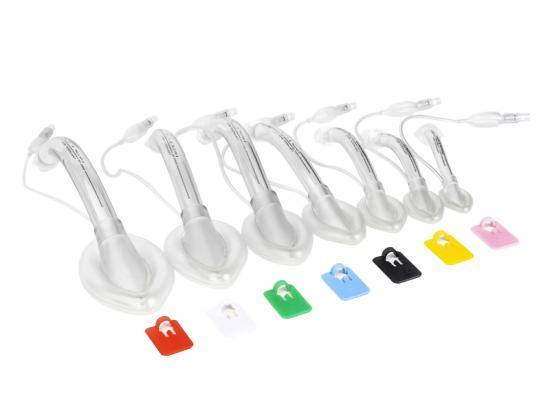
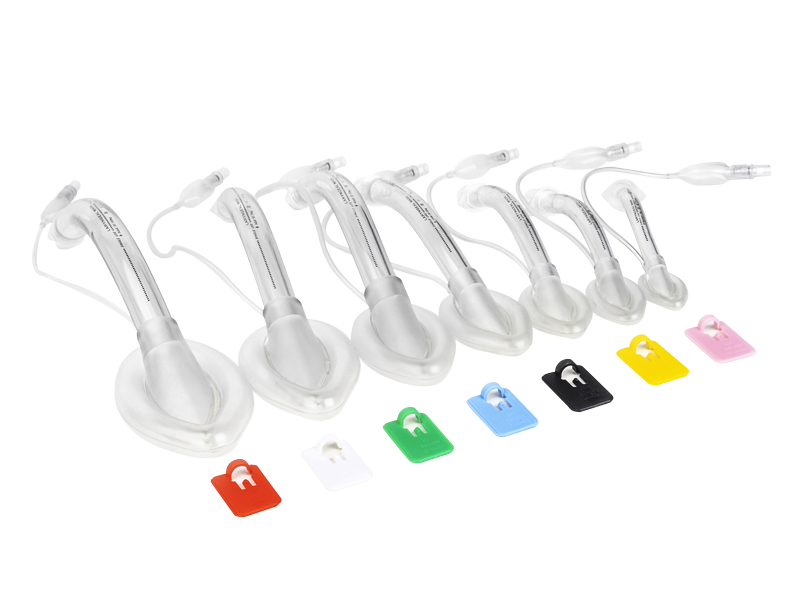
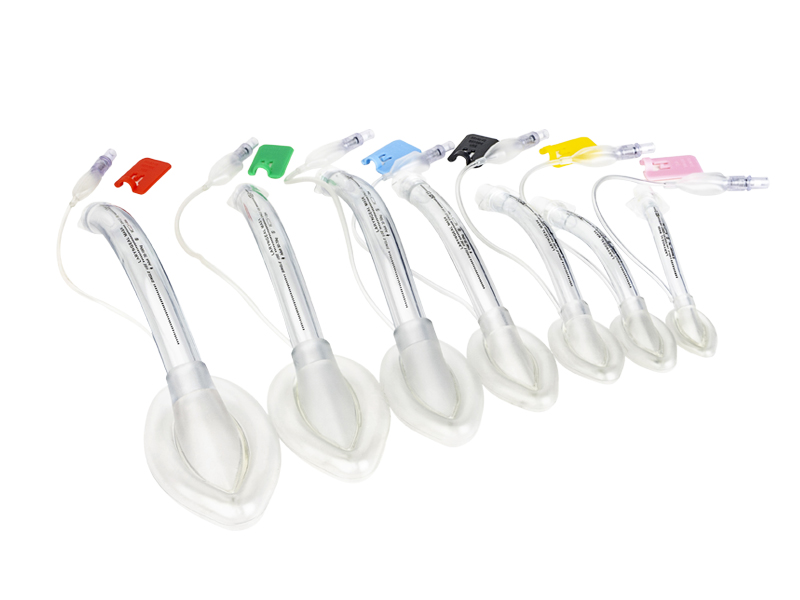
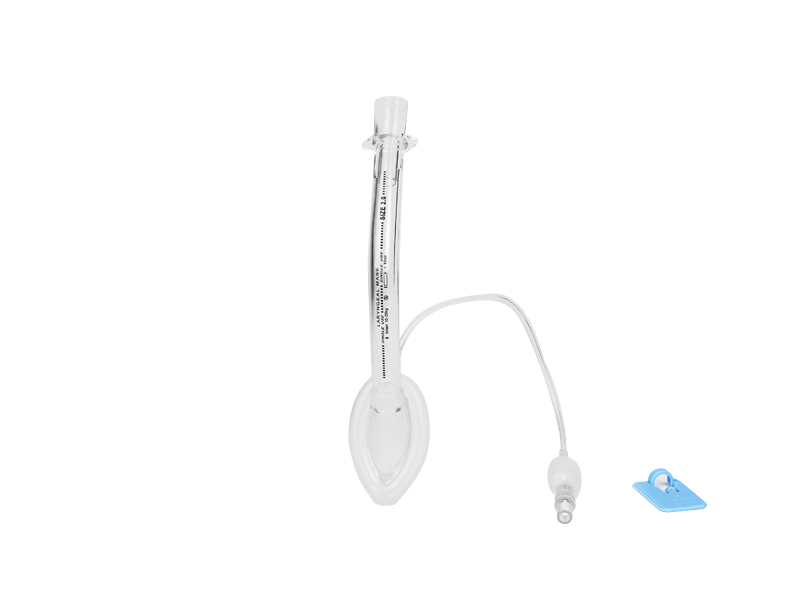
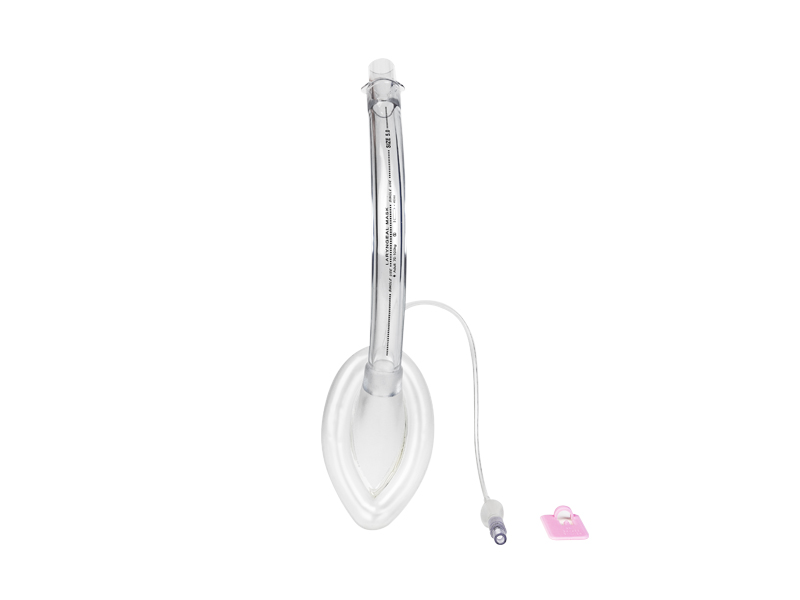
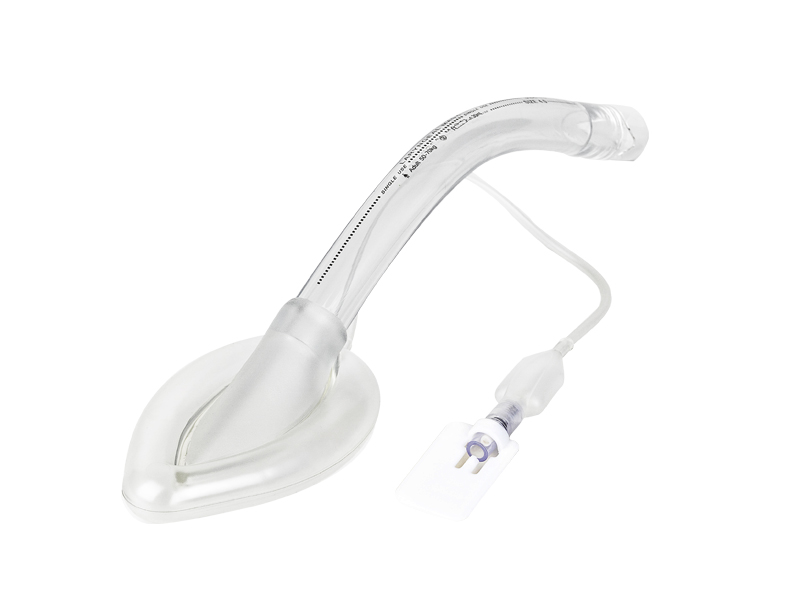
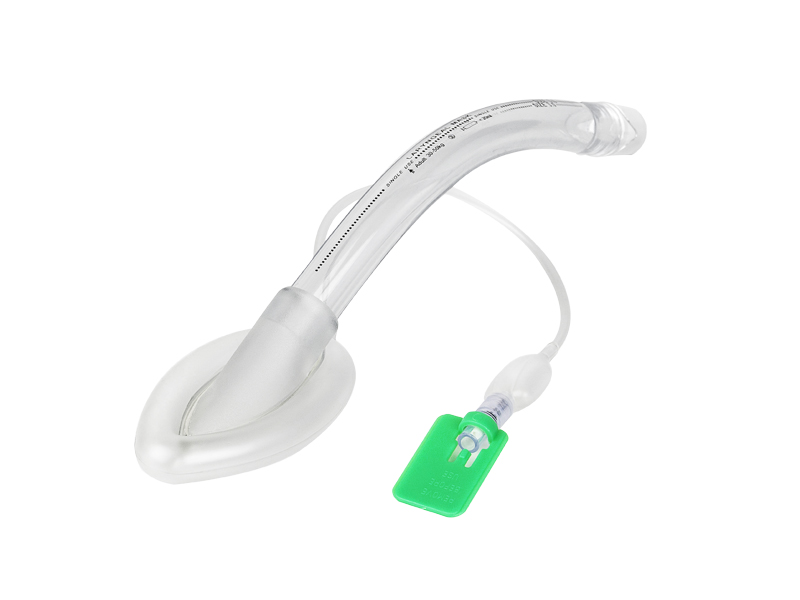
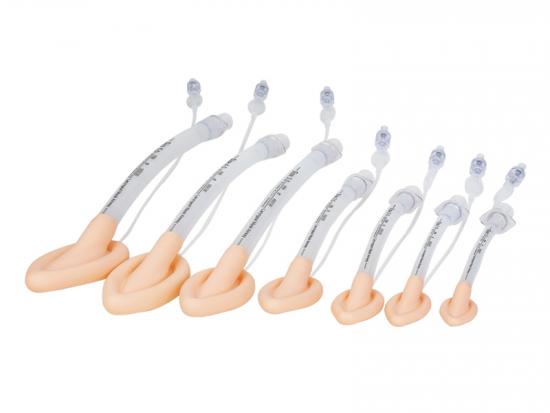
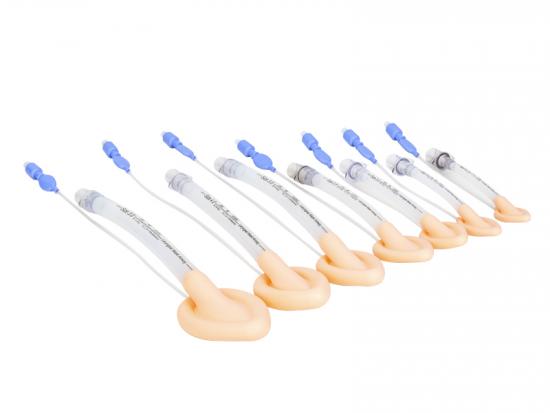





 2755841275@qq.com
2755841275@qq.com 13159238790
13159238790